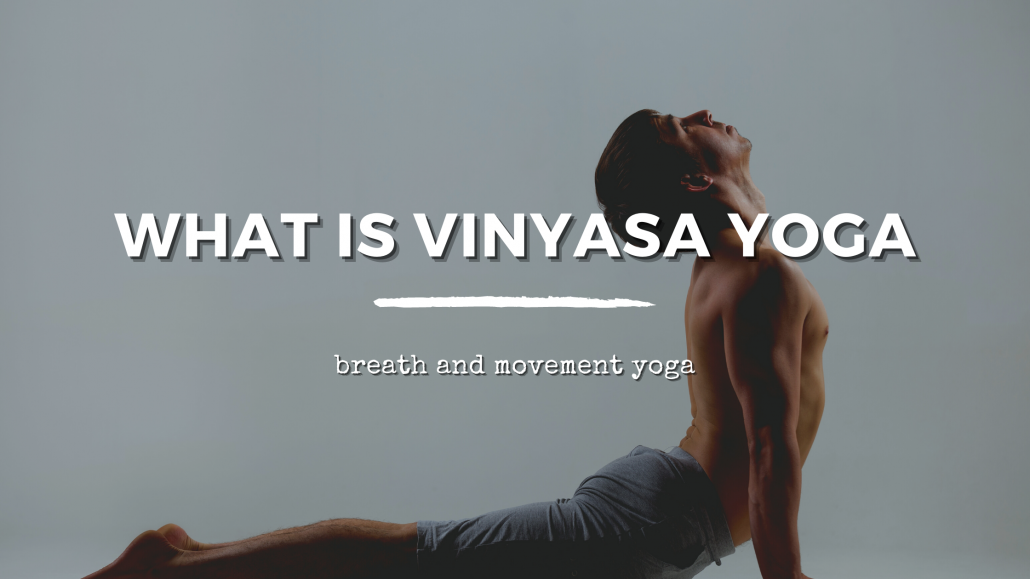YogaLates: The Best of Yoga and Pilates in One Powerful Class
Looking for a class that delivers the mindful stretch of yoga and the targeted core strengthening of Pilates? That’s exactly where Yoga + Pilates shines.
At Fever | Yoga Cycle Strength, our Yogalates classes merge the best of both worlds: the breath-centered, grounding elements of yoga and the precision-focused, stabilizing techniques of Pilates. Together, they create a dynamic, well-rounded practice that helps you move better, feel stronger, and stand taller.
What is Yogalates?
Yogalates is a fusion practice designed to enhance core strength, improve flexibility, and build overall body awareness.
In our classes, you’ll move through yoga-inspired flows that emphasize mobility and breath connection, seamlessly transitioning into Pilates-based movements to target the deep core and stabilizing muscles. Expect planks, bridges, and subtle micro-movements alongside familiar yoga poses like downward dog, warrior variations, and spinal twists.
Benefits of Yogalates
- Stronger Core & Improved Stability
The Pilates component focuses on deep core activation, helping to support your lower back, improve posture, and enhance balance both on and off the mat.
- Increased Flexibility & Range of Motion
The yoga element encourages openness in the hips, shoulders, and spine, supporting a more mobile and resilient body.
- Better Mind-Body Connection
By weaving together breath and movement, you’ll build awareness that carries into daily life—helping you move with intention and presence.
- Low-Impact but Effective
Yogalates is gentle on the joints yet highly effective in sculpting and strengthening, making it an excellent option for nearly all fitness levels.
Who is Yogalates for?
This class is perfect if you want to strengthen your core, improve your flexibility, and enjoy a mindful workout without high-impact strain. Whether you’re a seasoned yogi looking to level up your core strength or a Pilates lover seeking more mobility and stretch, Yogalates meets you where you are.
What to Expect at Fever
At Fever | Yoga Cycle Strength, our Yogalates classes are thoughtfully designed and guided by experienced instructors who emphasize safe alignment, intentional breath, and individualized support. We offer a welcoming, encouraging environment where you can explore your edges and celebrate your progress.
Ready to try Yogalates?
Join us and discover why so many in Grand Rapids are falling in love with this balanced, feel-good fusion.
👉 Sign up for Yoga-lates here: www.feverycs.com/schedule/










